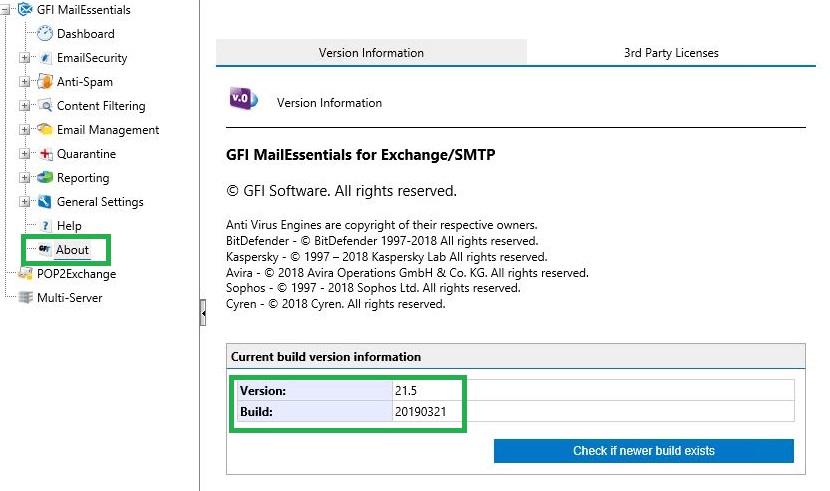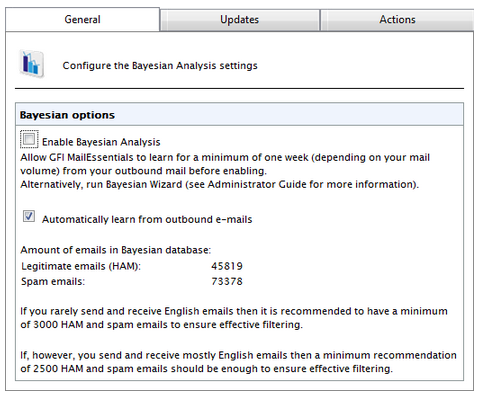

It sounds like you may have resolved it but I hope this helps you better understand how it works and why what you did resolved it. This is how shared web host accounts work. Google has many special features to help you find exactly what youre looking for. What this does is tie specific content hosted on the HTTP server to the name used to access it in the URL. Search the worlds information, including webpages, images, videos and more. The RFCs referenced in the paragraphs below are for informative purposes only. ( Host Headers in IIS / host headers in Apache). A host is a domain, an IP address, an opaque host, or an empty host.Typically a host serves as a network address, but it is sometimes used as opaque identifier in URLs where a network address is not necessary. TO overcome this as someone else mentioned bind the site to a host header on the default port 80 or 443. However, in this case it sounds as though both Web based applications you are running are running on the same web HTTP server (probably IIS) as different sites, which means that you don't necessarily run into the port issue, only IIS wants to use it, but what you do run into is that by default IIS doesn't know what site you want to Access when you hit it up in a web browser. You could do redirection of some kind like I outlined here many years ago. But since DNS doesn't deal with ports a DNS name cannot map a name to the same server but a different port.

SO to resolve this you run one of them on a different port. So for instance this is why you can't run Spiceworks and IIS on the same server both on port(s) 80 and 443.

You can only have one process bind to a specific port at a time.


 0 kommentar(er)
0 kommentar(er)
